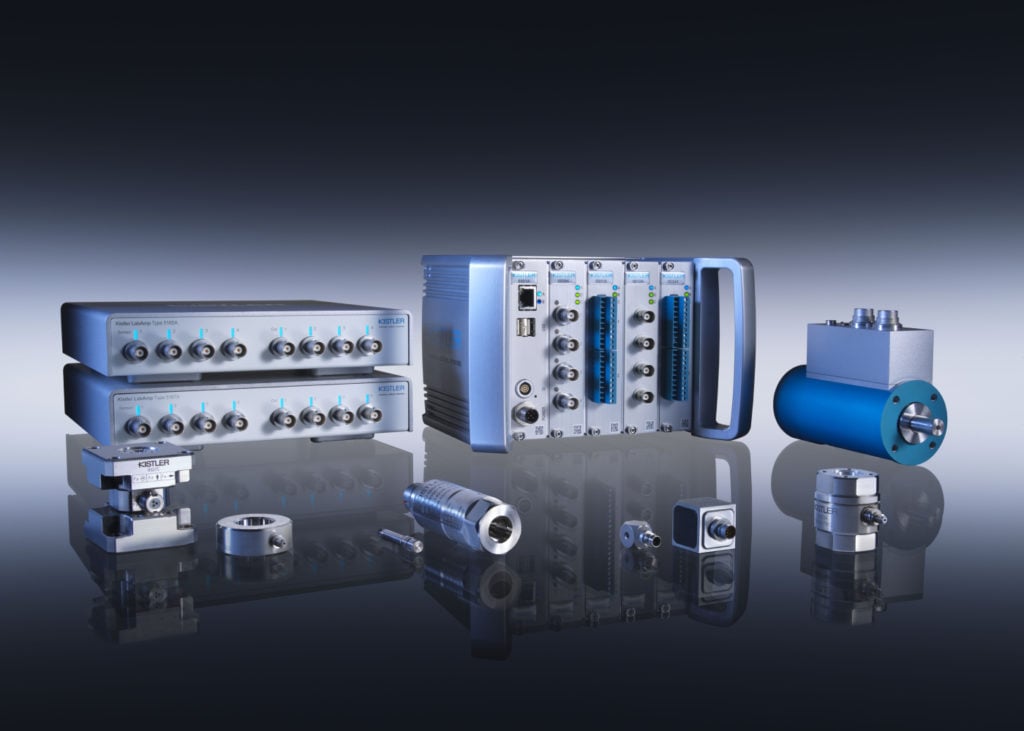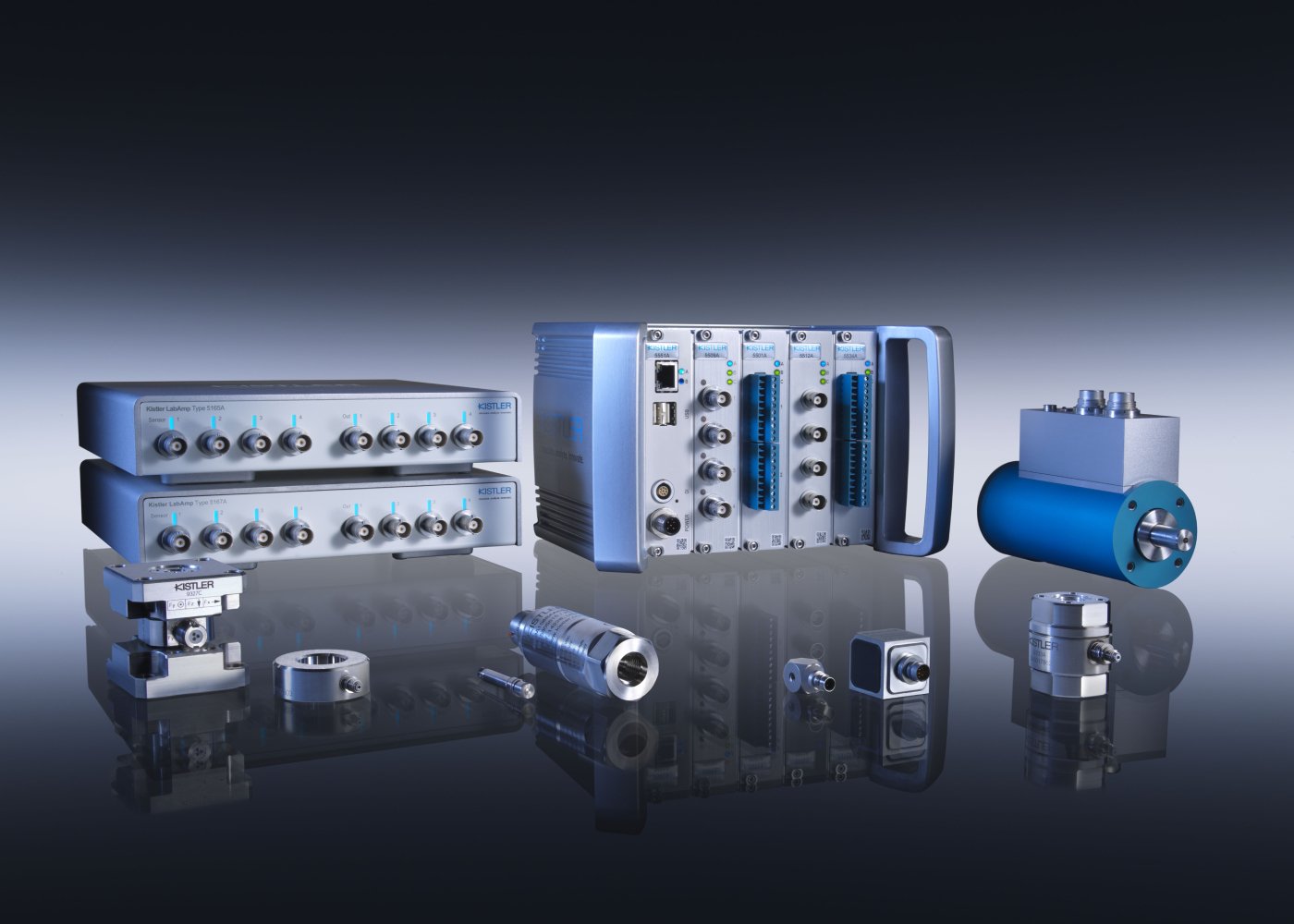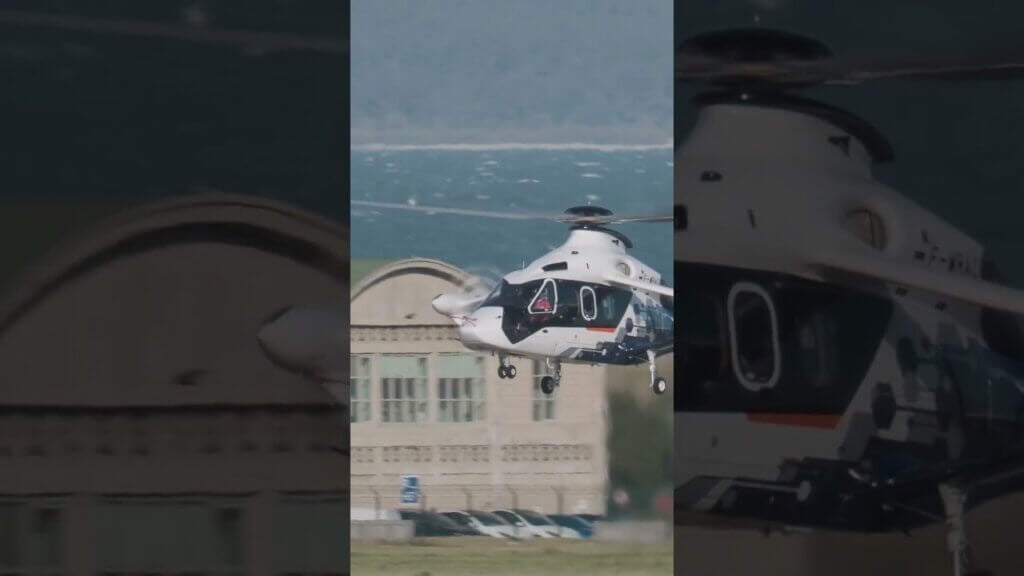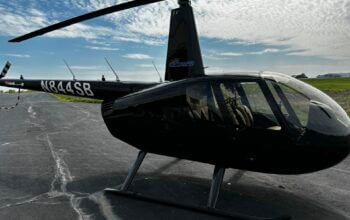eVTOL aircraft are set to enable a revolution in urban mobility by transporting people sustainably over densely populated environments without the burden of traffic congestion.

The implementation of innovative air mobility (IAM) solutions will contribute to improving the environmental impact of transportation systems in urban environments, and increase the efficiency of such systems by significantly reducing travel times and increasing network capacity. eVTOLs are also optimal for use in cities because they don’t need a runway or any extensive airport infrastructure.
Before being used for real-life operations, eVTOLs must go through many different processes to be tested, certified, and monitored. Safety is a crucial element in developing any aviation technology. Therefore, the requirements are stringent and specific. Testing activities are at the center of the design and development processes, and custom-fit measuring and testing capabilities are essential tools in any aviation engineering department.
We talked to the Kistler Group, the global market leader for dynamic measurement technology, to understand how we can speed up regulatory approvals for eVTOL innovations by intelligent use of testing environments. Their activities already cover a large variety of areas, such as space travel and vehicle safety, and more recently extended to include IAM.
Ground vibration testing (GVT), modal and structural analysis
This test aims to understand the vehicle’s structural dynamics and detect structural changes and potential damage to aircraft and their subcomponents.
The IAM industry needs sensors that enable extremely precise measurements. To develop such sensors, very specific requirements must be met, such as the low-noise performance of ceramic-based accelerator sensors that allow the measurement of very small signals, the flat and repeatable frequency response of modal sensors, the Transducer Electronic Data Sheet (TEDS) capability that minimizes transcription errors, and record-keeping tasks with features that make the whole testing installation fast and easy.
With the aid of these technologies, the IAM industry can access the same quality and reliability for testing as traditional aviation, and consequently reach the highest levels of safety. Avoiding damage to aircraft not only increases safety but also reduces the cost of operations and maintenance. Ground vibration testing is also useful for defining the life expectancy of the aircraft components and making sure safety is always guaranteed.
Flight vibration testing (FVT)
This test aims to confirm the aeroelastic stability within the flight envelope and validate the shock and vibration performance of the aircraft, including its control surfaces. Most importantly, two types of FVT essential for the certification of a new design — the flutter and the buffeting tests — must be available to the IAM industry.
These tests require sensors that have excellent temperature stability, a low profile for use in confined spaces, solid ground isolation to avoid electrical noise perturbations, and, ideally, a design that makes mounting easy.
All of these requirements allow IAM developers to test their products with various flight scenarios and improve their design by measuring the load input on the aircraft caused by vibrations. Such testing confirms that the aircraft’s structure and parts are suitably designed for the intended flight operations and environment.
This constitutes a critical step, especially since eVTOLs have very diverse designs, including moving elements such as tilting rotors, which bring new challenges and require extensive testing. Optimizing the design of these key elements has the potential to make a significant difference in terms of performance and resistance between competitors.
Wind Tunnel testing
The goal of this test is to study the effects of air moving past solid objects and determine the impact on an aircraft’s behavior. To accomplish this, a wind tunnel model is equipped with sensors capable of measuring aerodynamic forces and pressures. The aircraft tested is placed in the middle of the wind tunnel, mounted on a supporting structure.
Depending on the test performed, the aircraft (or part of it) can either be fixed or move freely. The most advanced testing facilities allow the aircraft to perform various maneuvers in the wind tunnel to evaluate the impact of the airflow.
Usually, the airflow is produced by a multiple fans system that gives test engineers the possibility to program different variations and simulate various environments.
For companies that develop eVTOL aircraft, wind tunnel testing is often the first opportunity to test their product in different conditions and to define its operational limitations before starting with actual outdoor flights.
Additional testing
Along with these important testing categories, IAM companies will also need access to various additional testing solutions, such as:
- Propulsion system testing, especially for electric motors;
- Energy storage systems testing, including battery thermal runaway;
- Shell testing, covering all aspects of the aircraft housing, such as the blades, wings, flight controls, ground support, fuselage, recovery system, and payload system;
- Electronics testing, including all kinds of sensors and stabilization devices;
- Crash testing, covering impact and forces involved;
- Noise testing, a central parameter when considering social acceptance.
IAM is set to open the third dimension for urban mobility. The opportunities are enormous, but the risks associated with operations in densely populated environments have prompted regulatory agencies to formulate very strict certification requirements.
A sure way to ensure compliance and minimize the analytical efforts of a certification process is to have a solid testing campaign supported by top-of-the-line testing equipment.
Eszter Kovacs is the CEO and founder of Manageld and founder of DroneTalks.online. She is a well-known drone influencer and an expert in technical innovation in the drone sector. Kovacs has contributed to the growth of several companies, leading complex implementations and mentoring, and advising leaders on strategic planning and operational transformation. In 2020, Kovacs successfully lead the Global UTM Association with 40-plus UTM ecosystem leaders through its restructuring for six months. Connect with Kovacs on LinkedIn.









